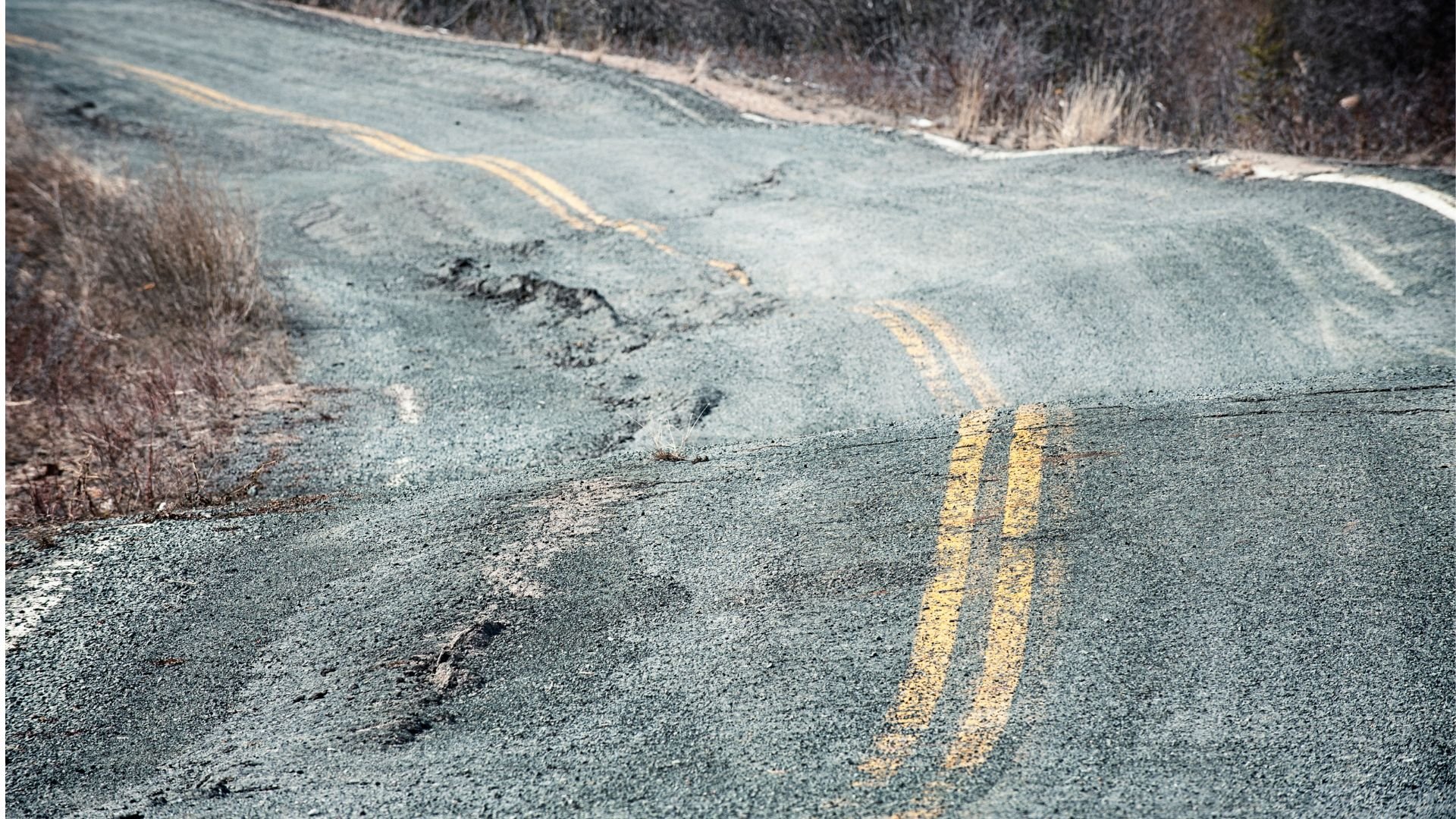Advanced sustainable stabilization of complex soils in cold regions

Mitacs Grant Supplement - 2025
Description
In northern regions, the thawing of permafrost due to climate change poses a major risk to infrastructure stability and releases greenhouse gases (GHGs) such as CO₂ and CH₄. Traditional soil stabilization methods, particularly those based on cement, exacerbate this problem through their own GHG emissions. This project proposes an innovative, sustainable, and carbon-free stabilization method capable of reinforcing complex fine soils, such as sensitive clays or permafrost soils, while capturing emitted GHGs. It relies on recycled materials, appropriate chemical additives, and fungi resistant to freeze/thaw cycles. In addition to its environmental performance, this solution is economical, socially responsible, and adapted to the realities of the North.
Objectives
- Develop a sustainable soil stabilization method without GHG emissions.
- Fix greenhouse gases emitted by thawing permafrost soils.
- Improve the bearing capacity of saturated fine soils under extreme conditions.
- Reducing the risk of landslides and strengthening northern infrastructure.
- To offer an environmentally friendly alternative to traditional cement-based stabilizers.
Case study / Methodology
The study will be conducted on permafrost samples taken from the Mackenzie Valley (Canada) and transported to the laboratory in their natural state. Geotechnical and chemical analyses will be performed (Atterberg limits, permeability, XRD, SEM) to characterize the soils. Sustainable solutions will then be applied and tested under different climatic conditions (freeze-thaw, variable humidity). Mechanical tests (uniaxial compression, triaxial) will be used to evaluate stabilization performance. Finally, large-scale centrifuge tests will be conducted at Western University to validate the effectiveness of the method in the field.
Don’t just coexist with climate change.
